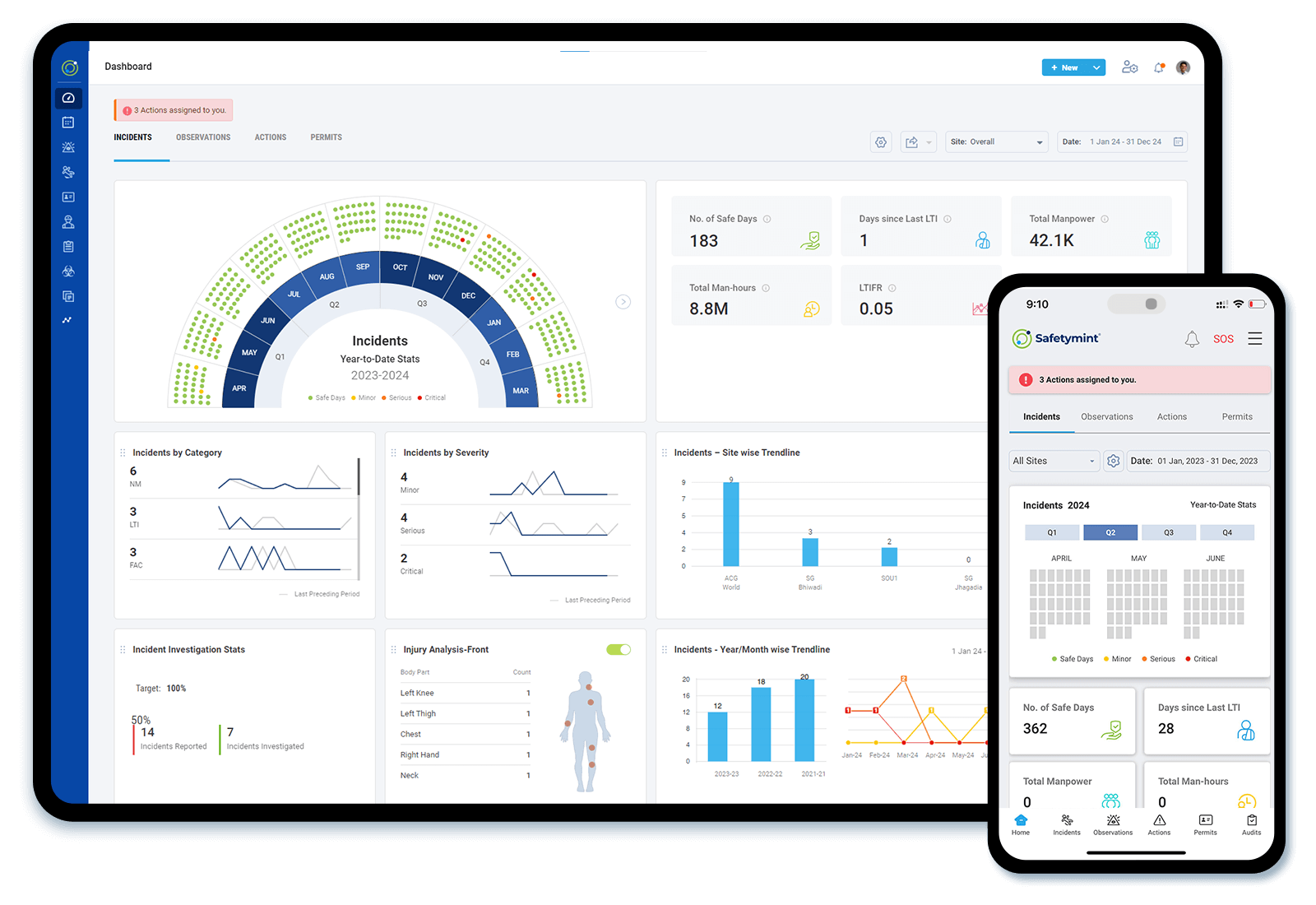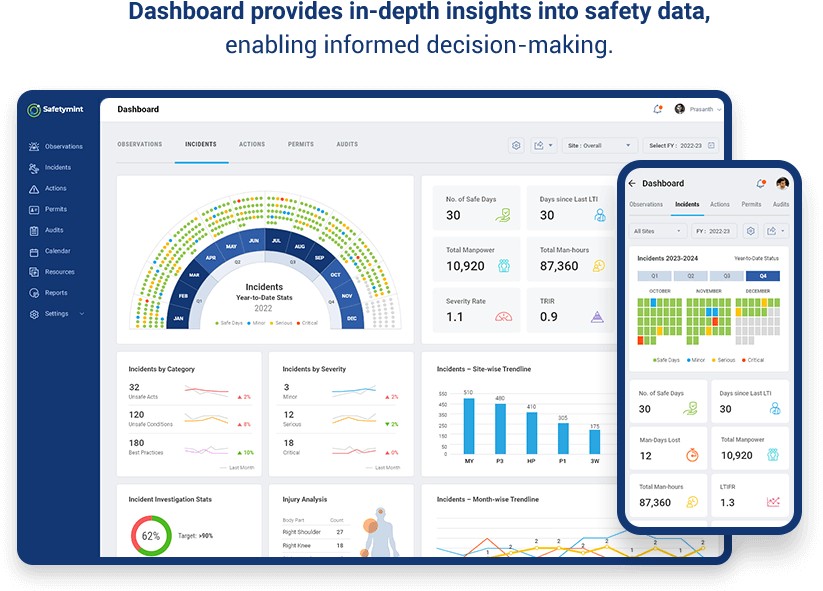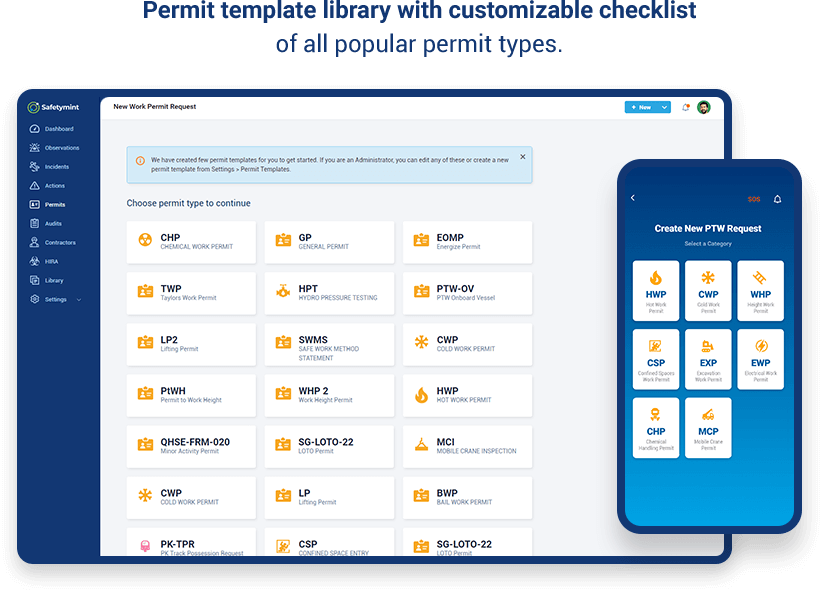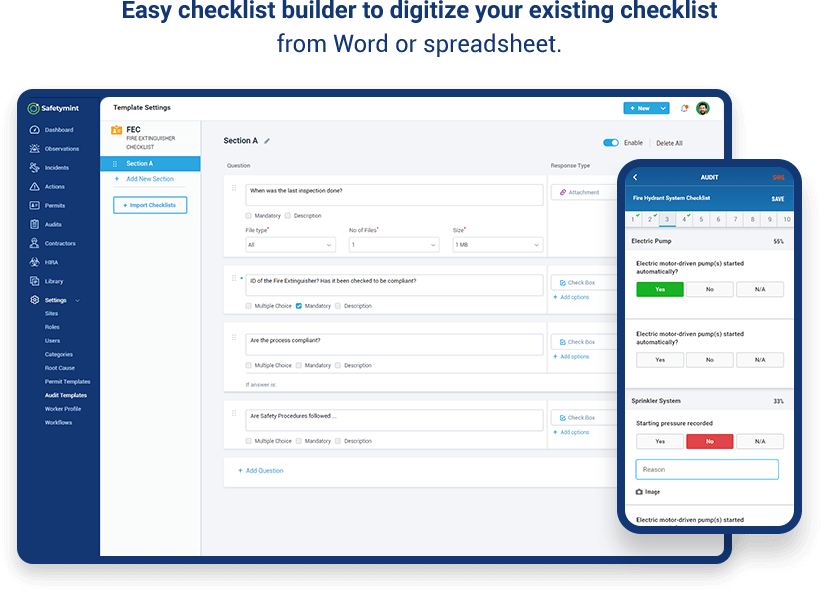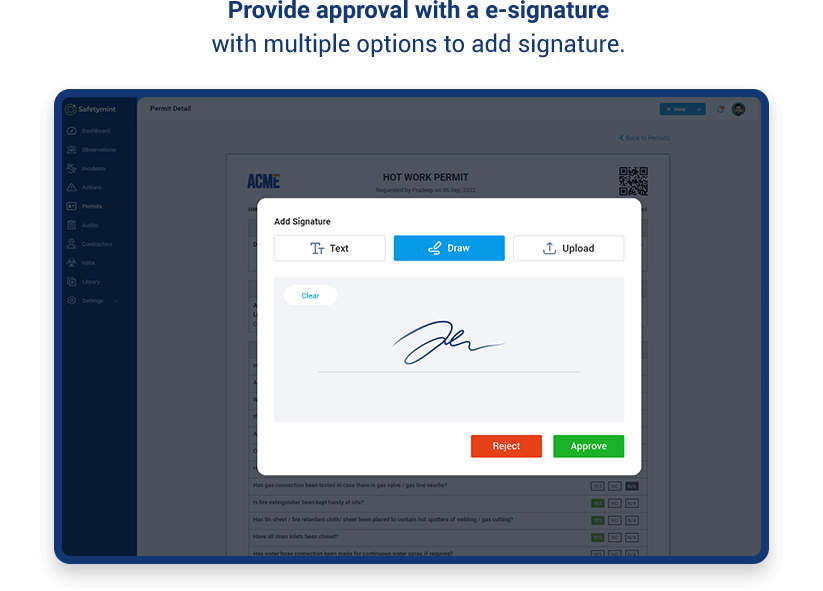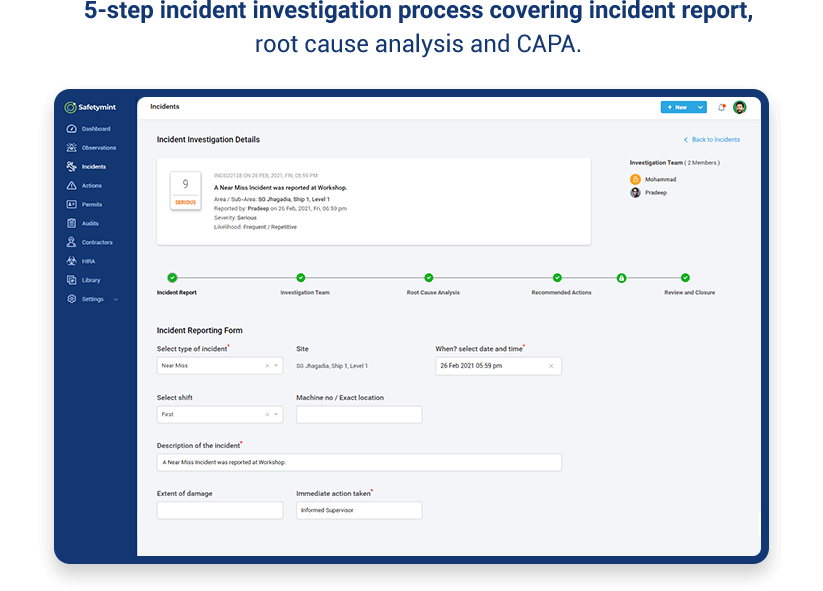EHS Software is revolutionizing how businesses approach
environmental, health, and safety management. In this definitive
guide, we delve deep into what EHS software entails and how it
can transform your organization's safety processes. With a focus
on sustainability and compliance, EHS software emerges as an
indispensable tool for proactive safety management in various
industries, including manufacturing, construction, energy, and
more.
What Does EHS Stand For?
EHS stands for Environmental, Health, and Safety and encompasses the policies and practices aimed at ensuring workplace safety, environmental stewardship, and health protection. The term is also known as HSE (Health, Safety, and Environment), SHE (Safety, Health, and Environment), or QHSE (Quality, Health, Safety, and Environment), highlighting its multifaceted approach to risk management.
The Need for EHS Software in Your Business
Managing safety manually or with outdated systems is inefficient and risky. EHS software offers a comprehensive solution, integrating all safety management tasks into a single platform. It is essential for maintaining regulatory compliance, minimizing risks, and fostering a proactive safety culture.
Implementing EHS software is not just about compliance; it's about creating a safer, more efficient workplace. The software provides a structured approach to managing safety risks, reducing incidents, and enhancing overall productivity. It cultivates a culture of safety and responsibility, which is crucial for organizational growth and employee well-being.
Benefits of EHS Software
EHS software offers numerous benefits that can transform how organizations manage safety and compliance. Here are some of the key advantages:
1. Centralized Data Management
EHS software centralizes all safety-related data, making it easier to manage and access critical information. This centralization reduces the risk of data silos and ensures that everyone has access to the same up-to-date information.
2. Enhanced Organizational Transparency
By providing a clear overview of safety performance and compliance status, EHS software enhances transparency within the organization. This visibility helps management make informed decisions and fosters a culture of accountability.
3. Structured Workflows for Better Coordination
EHS software streamlines safety processes through structured workflows, ensuring that tasks are completed consistently and efficiently. This coordination improves communication and collaboration across departments.
4. Actionable Insights from Data Analytics
Advanced data analytics capabilities in EHS software allow organizations to gain insights from safety data. These insights help identify trends, pinpoint areas for improvement, and make data-driven decisions to enhance safety performance.
5. Automated Processes for Faster Execution
Automation of routine safety tasks, such as incident reporting and compliance tracking, speeds up execution and reduces administrative burdens. This efficiency allows safety professionals to focus on more strategic activities.
6. Higher Safety Standards and Employee Morale
By consistently applying safety standards and practices, EHS software helps maintain high safety standards. This consistency boosts employee morale as workers feel more secure in their workplace.
7. Simplified Adoption with User-Friendly Interfaces
Modern EHS software is designed with user-friendly interfaces that simplify adoption and usage. Intuitive design and easy navigation reduce the learning curve, making it easier for employees to engage with the software.
7. Simplified Adoption with User-Friendly Interfaces
Modern EHS software is designed with user-friendly interfaces that simplify adoption and usage. Intuitive design and easy navigation reduce the learning curve, making it easier for employees to engage with the software.
8. Consistent Compliance with Safety Regulations
EHS software ensures that organizations stay compliant with ever-changing safety regulations. Automated compliance tracking and updates help avoid penalties and ensure continuous adherence to legal requirements.
9. Real-Time Alerts and Notifications
The software can send real-time alerts and notifications to relevant stakeholders about safety incidents or compliance deadlines. This timely information allows for quick action and mitigates potential risks.
10. Improved Incident Response and Investigation
EHS software provides tools for thorough incident reporting and investigation, helping organizations respond quickly and effectively to safety incidents. This capability aids in root cause analysis and the implementation of corrective actions.
Key Modules in EHS Software
EHS software is comprised of several critical modules, each designed to address specific aspects of environmental, health, and safety management. Key modules commonly found in HSE software include:
Incorporating these modules into an EHS software solution ensures a comprehensive approach to managing the various facets of workplace safety, health, and environmental sustainability.
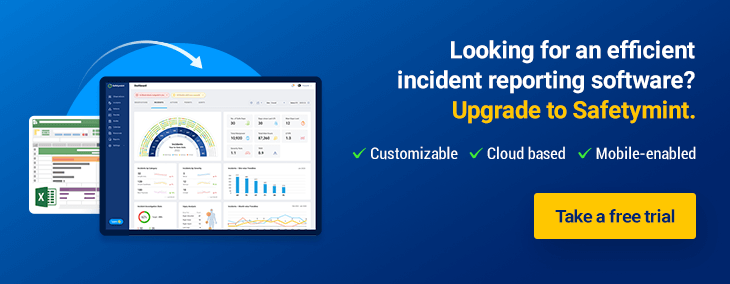
Key Features of Top EHS Software
In today's technologically advanced era, world-class EHS software comes equipped with an array of features designed to streamline safety processes and enhance operational efficiency. Some of the top features typically seen in high-quality EHS software include:
These features collectively contribute to the efficacy and reliability of EHS software, making it an indispensable tool for modern safety management.
Also read: Our listing of the best EHS software.
Types of EHS Software and Their Deployment
Factors to consider while selecting an EHS software
When selecting an EHS (Environmental, Health, and Safety) software, consider these essential factors for an effective choice:
Customization
Each workplace is distinct in its operations. The ideal EHS software should integrate effortlessly with your safety procedures. This includes the ability to add modules, tailor workflows and processes, and automate routine tasks to fit your specific needs.
Scalability
Traditional or on-premise EHS systems often limit resources, which might not suffice as your requirements grow. Opt for a solution that expands with your business, offering on-demand access to extensive resources, ensuring you're never constrained by capacity.
Accessibility
In today's work environments, mobility is crucial. EHS software should support field workers in reporting incidents on-site, conducting audits via digital checklists, and assessing risks in real-time. Cross-device connectivity streamlines data sharing, enabling quicker and more efficient decision-making.
Pricing
Many businesses encounter uncertainty with EHS solutions due to unclear costs in extensive contracts and underused features. A pay-per-use model ensures transparency, allowing you to pay only for what you need, eliminating hidden expenses.
Usability
Ease of use is vital for an EHS software. It should feature a user-friendly interface, straightforward onboarding, and readily available support resources. This can significantly enhance participation in your safety program, as users can easily report incidents or access necessary documentation.
Data Storage
In an era where manual EHS processes are outpaced by digital advancements, a cloud-based EHS solution is preferable. It offers real-time data synchronization, automated processing, and agile connectivity. This flexibility, coupled with robust security, ensures that your EHS data is always accessible and up to date.
Safetymint EHS software
Empower your enterprise to work safer and achieve more with Safetymint
Scale to a new level of efficiency and control. Safetymint's enterprise-grade EHS software provides a centralized management platform that connects all safety processes - facilitating better performance, visibility, scalability, customization, integration, and accessibility over your safety program.
Safetymint EHS software features:
- Risk/hazard Management
- Safety Observation
- Mobile Site inspections
- Customized Workflows
- Instant Alerts & Notifications
- In-built Permit templates
- Job Safety Analysis
- Digitized Internal Audits
- Behavior-Based Safety
- Corrective and Preventive Actions (CAPA)
- Root Cause Analysis
- Flexible pricing plans
- Customizable Forms and Inspection checklists
